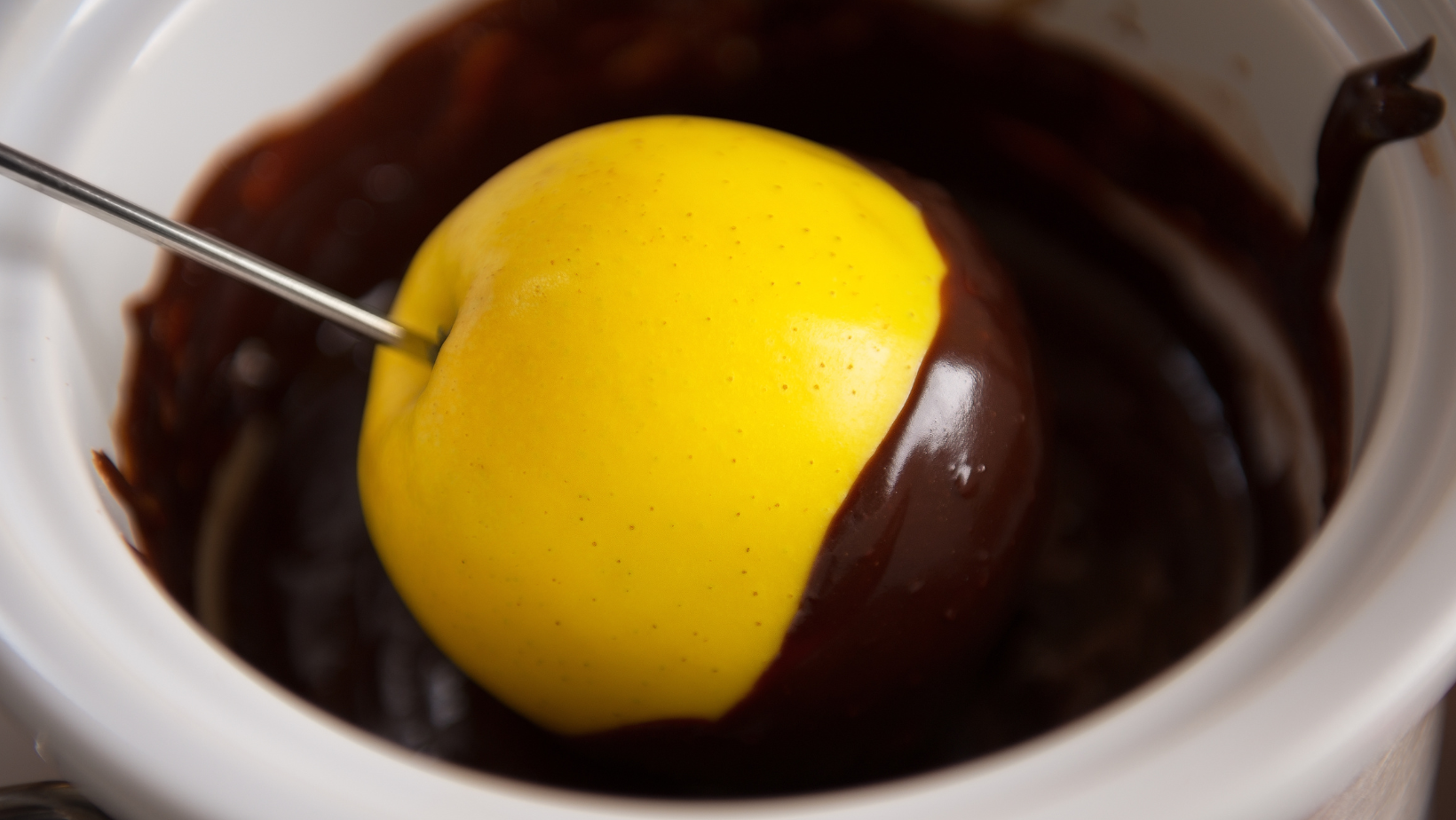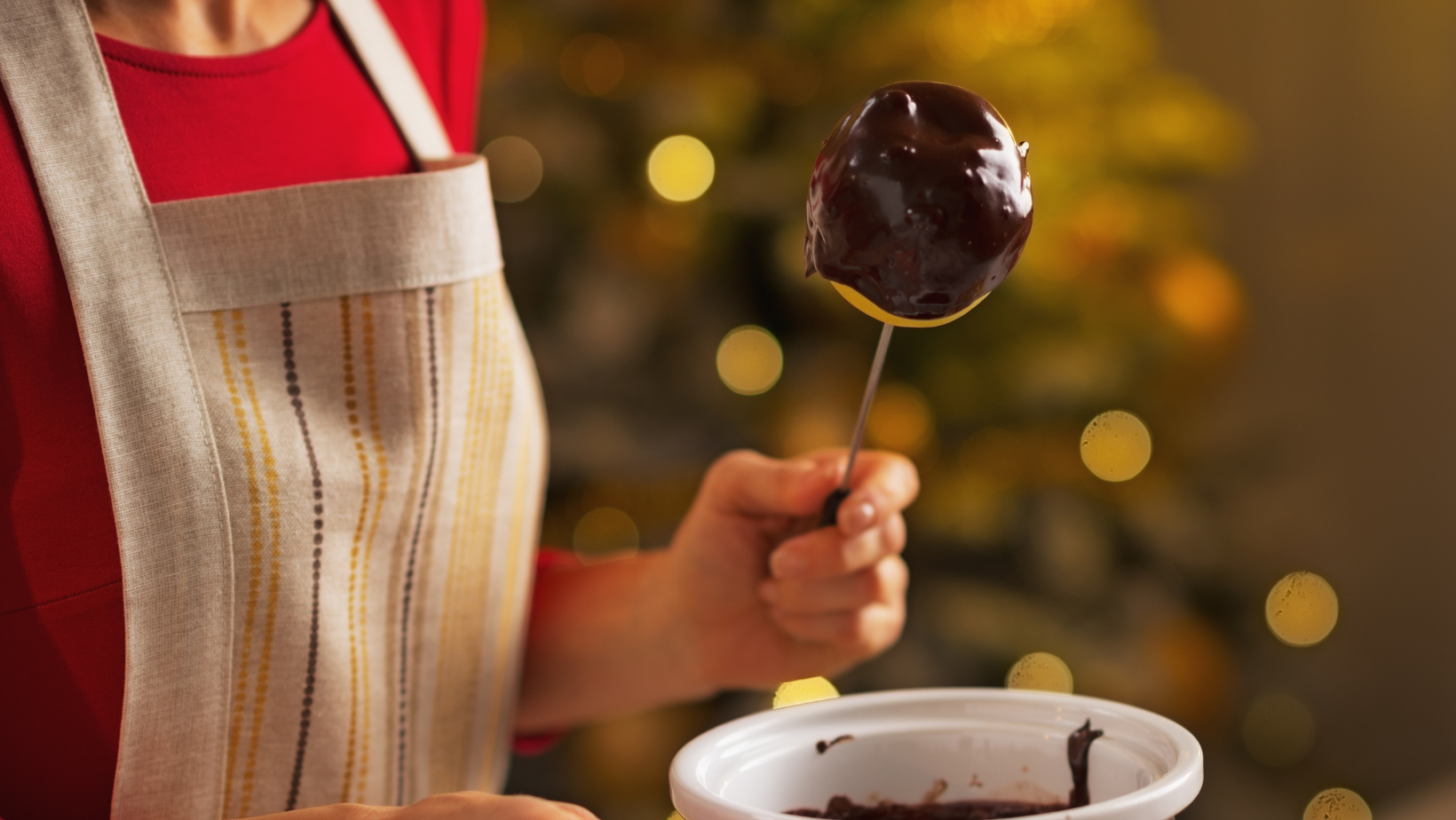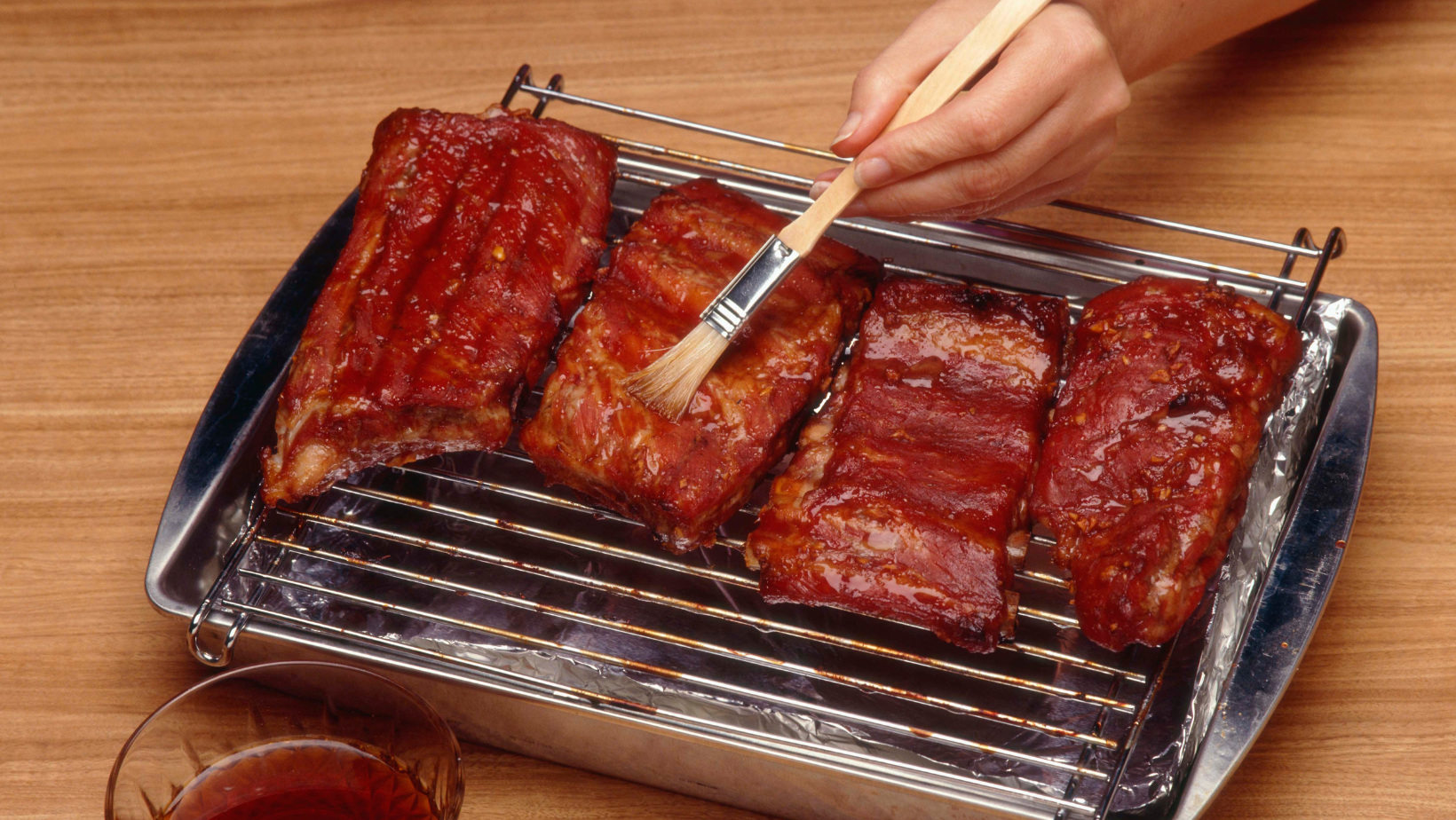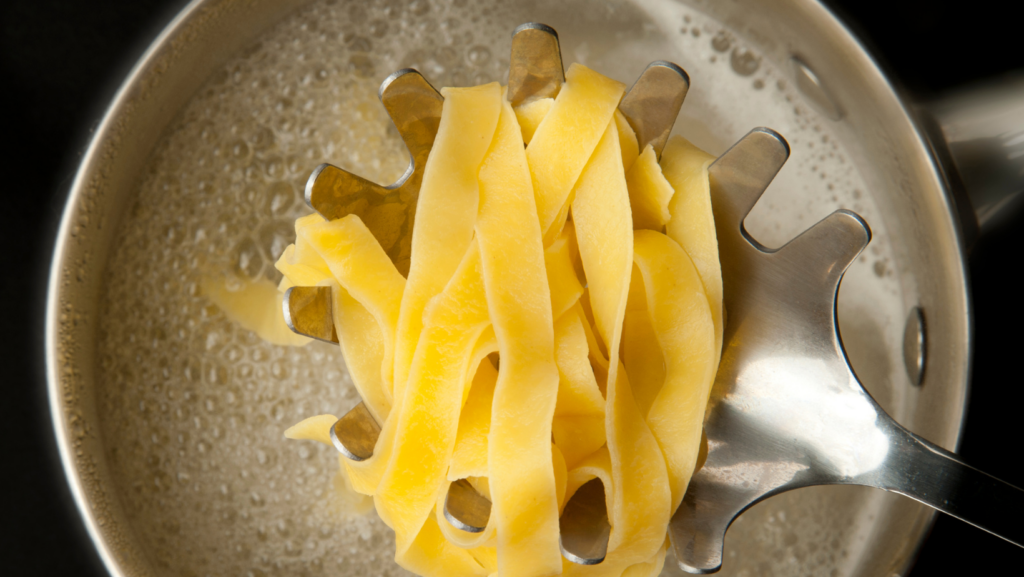In the culinary world, the term “glaze” conjures images of glossy coatings and enhanced flavors. A glaze can transform an ordinary dish into a masterpiece, adding both visual appeal and a burst of taste. It’s a technique cherished by chefs and home cooks alike, used across various cuisines to finish meats, vegetables, and pastries.
Glaze Culinary Definition
 In the culinary arts, glazes play a critical role by adding flavor, color, and texture to a variety of dishes. Glazes vary widely in their composition and application, each type serving a specific purpose to enhance the culinary experience. Here’s an exploration of the different types of glazes that chefs commonly use:
In the culinary arts, glazes play a critical role by adding flavor, color, and texture to a variety of dishes. Glazes vary widely in their composition and application, each type serving a specific purpose to enhance the culinary experience. Here’s an exploration of the different types of glazes that chefs commonly use:
- Sugar Glazes: Comprising primarily of sugar and water, sugar glazes are applied to pastries and desserts. When heated, the sugar caramelizes, creating a shiny, crispy coating. Examples include the glaze on donuts and scones.
- Fruit Glazes: Made from fruit juices or purees, these glazes often include a thickening agent like cornstarch. They’re used predominantly on fruit tarts and cheesecakes to add a sweet, glossy finish that enhances both the flavor and appearance.
- Chocolate Glazes: Chocolate mixed with fats such as butter and oils forms a thick, rich glaze. It’s used on cakes, eclairs, and other desserts, providing a smooth, shiny covering that solidifies slightly when cooled.
- Savory Glazes: For savory dishes, glazes can be based on reductions of stocks or sauces, such as teriyaki or balsamic glaze. These are usually applied to meat or vegetables to lend a glossy coat and deepen the flavor with a slight sweetness or tang.
Culinary Techniques for Applying Glazes
Glazing Meat
Glazing meat involves brushing or drizzling a reduction of flavorful liquids like broths, fruit juices, or vinegars oftentimes combined with  sweeteners like honey or sugar. This technique not only enhances the meat’s moisture but also gives it a caramelized, attractive finish. For example, a balsamic glaze might cover a roast chicken, ensuring the skin achieves a shiny, savory coating that boosts the dish’s overall taste. Importantly, meat should be glazed towards the end of the cooking process to prevent excessive caramelization or burning.
sweeteners like honey or sugar. This technique not only enhances the meat’s moisture but also gives it a caramelized, attractive finish. For example, a balsamic glaze might cover a roast chicken, ensuring the skin achieves a shiny, savory coating that boosts the dish’s overall taste. Importantly, meat should be glazed towards the end of the cooking process to prevent excessive caramelization or burning.
Glazing Vegetables
Using glazes on vegetables can transform their texture and flavor profile. A popular method includes tossing the vegetables in a light glaze of olive oil, balsamic vinegar, or a piquant blend of soy sauce and honey before roasting. Such applications caramelizes the exterior, introducing a delightful contrast between the savory glaze and the natural sweetness of the vegetables. Carrots, brussels sprouts, and squash benefit greatly from such treatments, achieving an enhanced flavor and a glossy, appealing look that’s ideal for upscale culinary presentations.
Glazing Desserts
For desserts, glazes elevate both the taste and visual allure. Pastry chefs commonly apply thin glazes made from sugar, chocolate, or fruit-derived gels to pastries, donuts, and cakes. These glazes provide a sleek finish and can add a complementary flavor to the dessert. For instance, lemon glaze on lemon pound cake not only intensifies the citrus aroma but also seals in moisture, keeping the cake deliciously tender. When glazing desserts, it’s crucial to let the dessert cool completely to prevent the glaze from melting away or soaking into the pastry.
Tips for Perfecting Glaze Techniques
Applying glazes uniformly ensures consistent flavor and appearance across dishes. For meats, chefs often use a basting brush or spoon to  spread the glaze evenly, especially important during the last few minutes of cooking to prevent burning. When glazing vegetables, tossing them lightly in a bowl with the glaze before roasting helps achieve an even coat. For desserts, using a pastry brush or a drizzle technique can control the amount and distribution of glaze, which is crucial for maintaining the dessert’s structure and enhancing its visual appeal.
spread the glaze evenly, especially important during the last few minutes of cooking to prevent burning. When glazing vegetables, tossing them lightly in a bowl with the glaze before roasting helps achieve an even coat. For desserts, using a pastry brush or a drizzle technique can control the amount and distribution of glaze, which is crucial for maintaining the dessert’s structure and enhancing its visual appeal.
Popular Glaze Recipes to Try at Home
Mastering the art of glazing can transform your cooking, taking it from ordinary to extraordinary. With the right techniques and a little practice, you can start incorporating glazes into your everyday meals to enhance both flavor and presentation. Whether you’re brushing a savory soy sauce glaze on roasted vegetables or drizzling a rich chocolate glaze over your favorite dessert, the possibilities are endless. Explore these methods and start experimenting in your kitchen today.


